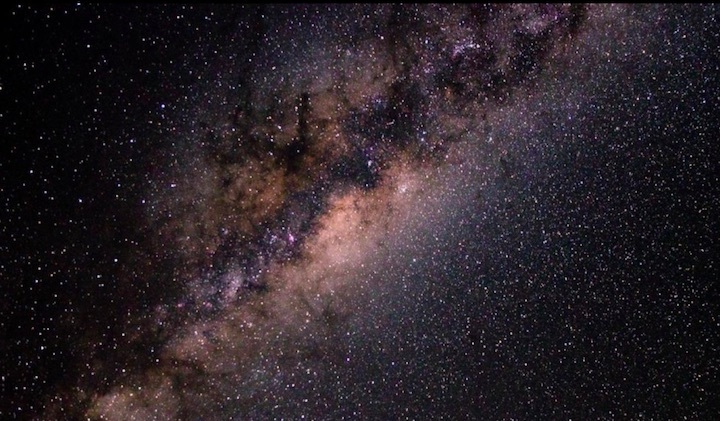23.04.2018

Astronomers from ANU, other Australian institutions and Europe have mapped the chemical profiles of 350,000 stars in the Milky Way that will help them find the lost siblings of our Sun that were separated after birth by our galaxy.
The findings are from the first major public data release of the Galactic Archaeology survey, called GALAH, which was launched in late 2013 as part of a quest to uncover the formation and evolution of our galaxy.
Professor Martin Asplund from ANU said GALAH, when complete, would help reveal the original star clusters of the Milky Way, including the Sun's birth cluster and solar siblings along with more than one million other stars.
"This survey allows us to trace the ancestry of stars, showing astronomers how the Universe went from having only hydrogen and helium - just after the Big Bang - to being filled with all the elements we have here on Earth that are necessary for life," said Professor Asplund from the Research School of Astronomy and Astrophysics and the ARC Centre of Excellence for All Sky Astrophysics in 3 Dimensions (ASTRO 3D) at ANU.
Every star in the Sun's birth cluster will have the same chemical composition - this cluster was quickly pulled apart by our Milky Way Galaxy and scattered across the sky.
Professor Asplund led the analysis of the survey data with PhD students Mr Sven Buder from the Max Planck Institute for Astronomy in Germany and Ms Ly Duong from ANU.
"Measuring each chemical element abundance to get the stellar DNA for so many stars is an enormous challenge, but that's exactly what we have done so this is a fantastic scientific achievement," Professor Asplund said.
The GALAH survey is the brainchild of Professor Joss Bland-Hawthorn from the University of Sydney and ASTRO 3D and Professor Ken Freeman from ANU, and was conceived more than a decade ago as a way to unravel the history of our Milky Way galaxy.
This data will enable such discoveries as the original star clusters of the Galaxy, including the Sun's birth cluster and solar siblings - there is no other dataset like this ever collected anywhere else in the world.
Mr Buder is the lead author of the scientific article describing the GALAH data release.
"We train our computer code The Cannon to recognise patterns in the spectra of a subset of stars that we have analysed very carefully, and then use The Cannon's machine learning algorithms to determine the amount of each element for all of the 350,000 stars," he said.
Ms Duong and Professor Asplund worked with Mr Buder and European colleagues to develop the computer code.
"The Cannon is named for Annie Jump Cannon, a pioneering American astronomer who classified the spectra of around 350,000 stars by eye over several decades a century ago - our code analyses that many stars in far greater detail in less than a day," Ms Duong said.
The GALAH survey used the HERMES spectrograph at the 3.9-metre Anglo-Australian Telescope at the ANU Siding Spring Observatory to observe the different coloured light from stars that allow scientists to measure their chemical element abundance.
Science papers accompanying this media release have been submitted for publication in the international journals Monthly Notices of the Royal Astronomical Society and the Astronomy & Astrophysics.
The GALAH survey receives support from the Australian Research Council. The ARC Centre of Excellence for All Sky Astrophysics in 3 Dimensions (ASTRO 3D) is a $40 million Research Centre of Excellence funded by the Australian Research Council (ARC) and six collaborating Australian universities: ANU, The University of Sydney, The University of Melbourne, Swinburne University of Technology, The University of Western Australia and Curtin University.
Quelle: ANU, The University of Sydney
